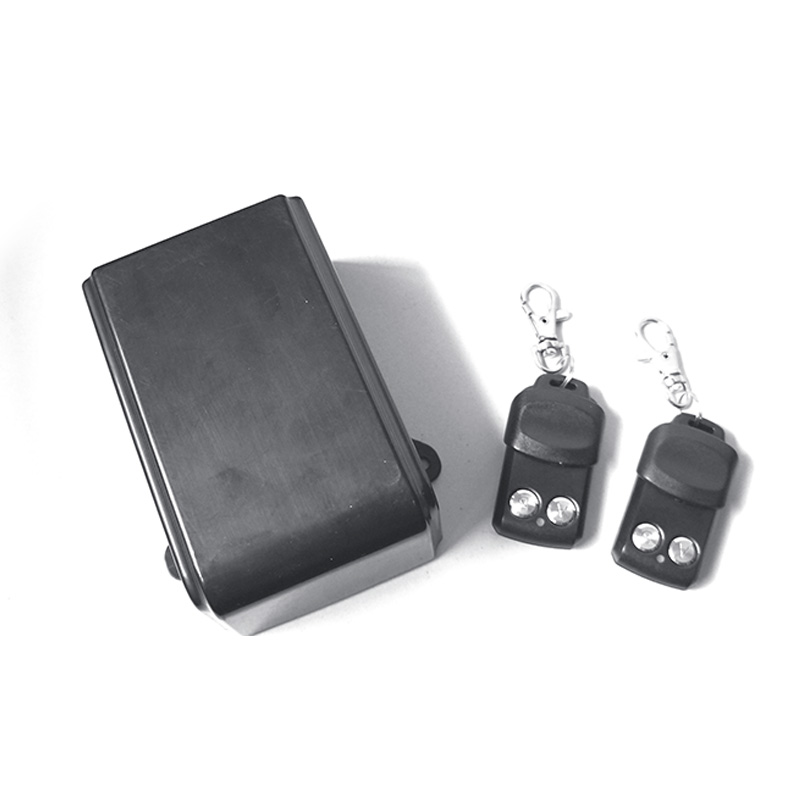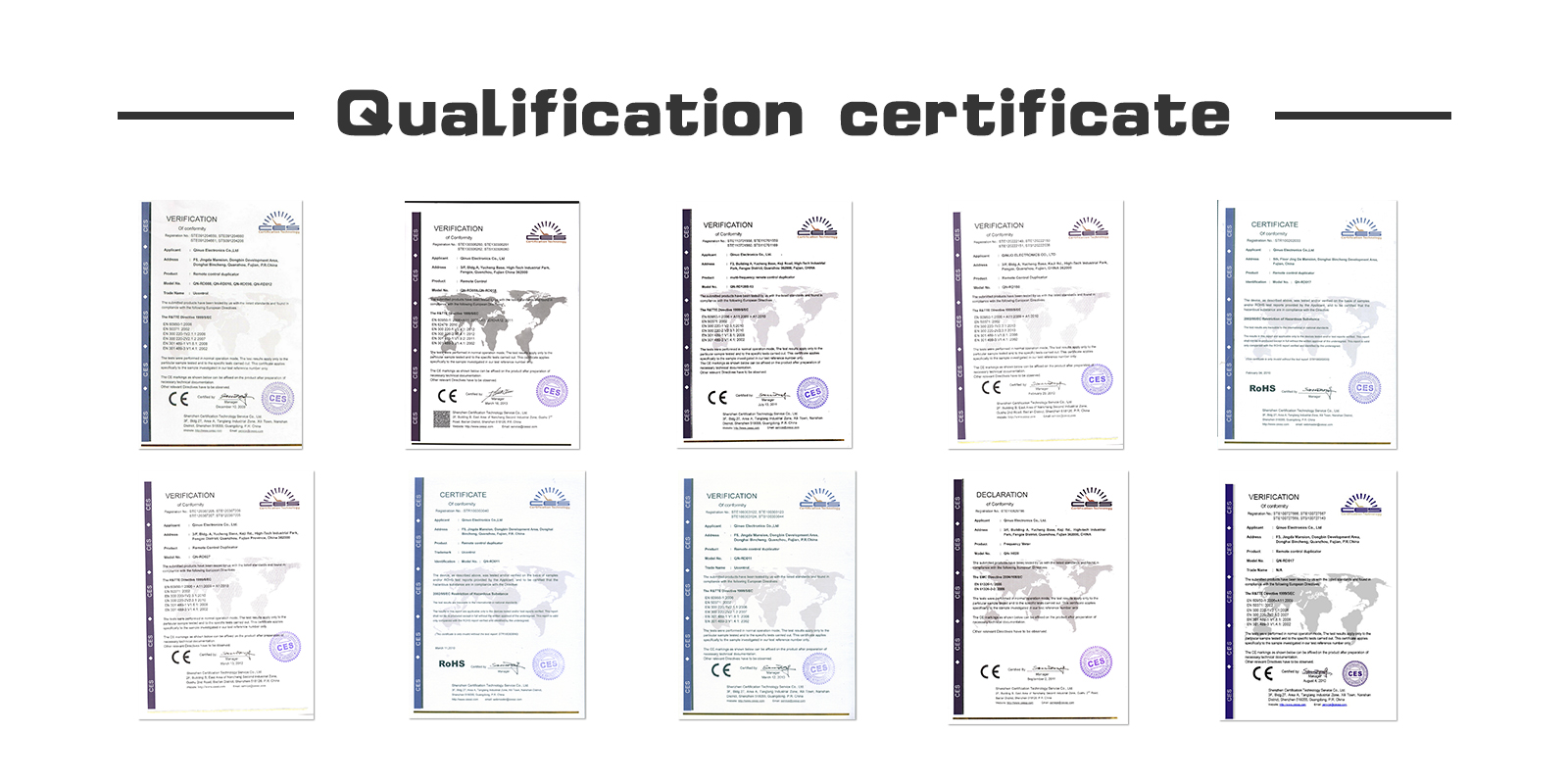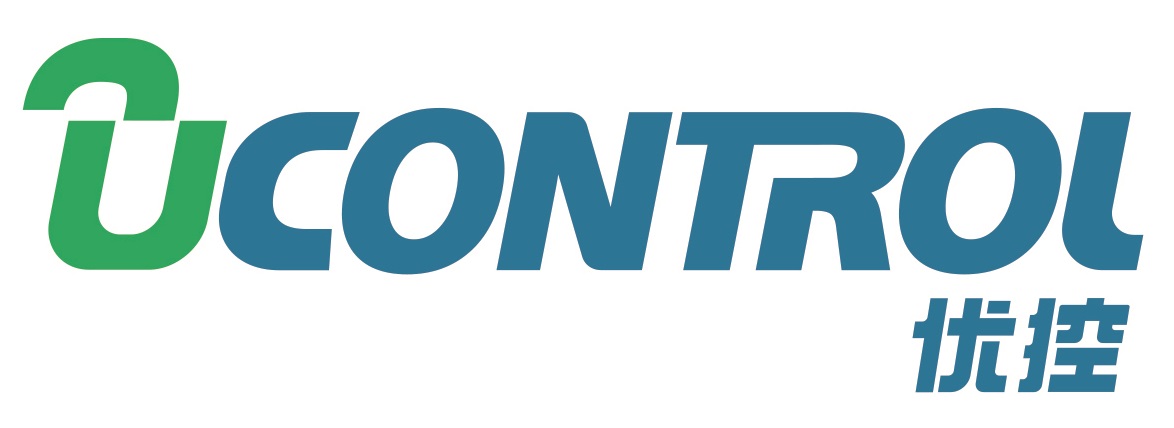In the manufacturing landscape, especially in industries with stringent safety and quality regulations, adherence to industry standards is paramount. Whether producing electronics, machinery, or consumer goods, manufacturers must navigate a complex web of regulations and standards to ensure their products meet the required safety, performance, and quality benchmarks. This article delves into how manufacturers approach the testing and certification process to ensure compliance with industry standards and regulations.

Understanding Industry Standards and Regulations
Before delving into the testing and certification process, it's crucial to comprehend the landscape of industry standards and regulations. These standards are established by industry organizations, governmental bodies, or international agencies to ensure product safety, interoperability, and quality. They encompass a wide range of aspects, including design specifications, manufacturing processes, materials, performance requirements, and environmental impact.
Manufacturers' Approach to Testing
1. Product Design Phase:
Manufacturers often integrate compliance considerations into the product design phase. By proactively designing products with adherence to industry standards in mind, manufacturers can streamline the testing and certification process. This may involve selecting compliant materials, incorporating safety features, and designing products to meet specific performance criteria.
2. Component Testing:
Many products consist of various components sourced from different suppliers. Manufacturers conduct rigorous testing on individual components to ensure they meet the required standards before integrating them into the final product. This may involve material testing, electrical testing, performance testing, and compatibility testing.
3. Prototype Testing:
Once the initial product design is complete, manufacturers typically produce prototypes for testing and evaluation. Prototypes undergo comprehensive testing to assess their performance, durability, safety, and compliance with relevant standards. This stage allows manufacturers to identify any design flaws or shortcomings early in the development process.
4. Comprehensive Testing Regimens:
Manufacturers employ a variety of testing methods and techniques to evaluate product performance and compliance. This may include mechanical testing, electrical testing, environmental testing (such as temperature, humidity, and vibration testing), electromagnetic compatibility (EMC) testing, and safety testing (e.g., electrical safety, fire resistance, and impact resistance).
5. Third-Party Testing:
In many cases, manufacturers enlist the services of independent third-party testing laboratories to conduct comprehensive testing and certification. Third-party testing provides an unbiased assessment of product compliance and instills confidence in consumers and regulatory authorities. These laboratories are accredited to perform specific tests and issue certifications based on recognized standards.
Certification Process
1. Documentation Preparation:
Manufacturers compile comprehensive documentation detailing the product's design, materials, manufacturing processes, test results, and compliance with relevant standards. This documentation serves as evidence of compliance during the certification process.
2. Submission for Certification:
Manufacturers submit their products and accompanying documentation to certification bodies or regulatory agencies for evaluation. These organizations assess the product's compliance with applicable standards and regulations through a thorough review process.
3. Testing and Evaluation:
Certification bodies may conduct additional testing or evaluation of the product to verify its compliance. This may involve replicating the manufacturer's testing procedures or conducting independent tests to validate the results.
4. Certification Issuance:
Upon successful completion of the evaluation process, certification bodies issue certificates or marks indicating the product's compliance with industry standards and regulations. These certifications may be mandatory for certain products or markets, while others may be voluntary but serve as a mark of quality and safety.
Continuous Compliance Monitoring
1. Post-Market Surveillance:
Even after certification is obtained, manufacturers must monitor their products' performance in the market and address any reported issues promptly. This may involve conducting periodic audits, collecting feedback from customers, and implementing corrective actions as necessary.
2. Updates and Recertification:
As industry standards evolve and regulatory requirements change, manufacturers must stay abreast of updates and revisions. This may require updating product designs, materials, or manufacturing processes to maintain compliance. Periodic recertification may also be necessary to ensure ongoing adherence to standards.
Conclusion
Ensuring compliance with industry standards and regulations is a multifaceted process that requires careful planning, rigorous testing, and ongoing monitoring. Manufacturers approach this process with a commitment to quality, safety, and customer satisfaction. By integrating compliance considerations into the product design phase, conducting comprehensive testing, obtaining certifications, and monitoring post-market performance, manufacturers uphold their responsibility to deliver products that meet the highest standards of quality and safety.

-
Office ViewQINUO ELECTRONICS CO.,LTD was established in 2009,for now with 185 workers,65 office workers,125 factory workers. We mainly produce car key remotes,face to face remotes,compatible remotes,garage door control boards,various car auto parts. With 8 years experience and continuous efforts of our team enable us to provide customers with high qualified p1
-
Factory ViewOur factory: Around 5133㎡ Standardized dust-free plants,strict measures to prevent static-current problem.100% inspection by workers and stict IPQC through entire order process. Introduced U-shape production line that significantly reduced the piling of work-in-process. Streamlined production line ensures a high pass rate of each step. Equipp1
-
R&DR&D dept was established since the beginning of QINUO ELECTRONICS,we attach much importance in developing new products for demand and providing solution to customers...... R&D team: Two R&D offices,one locates in QUANZHOU with 20 engineers,the other office locates in Wuhan city with 8 engineers. 16 software engineers,6 hardware engineer1
-
CertificationFor company: SGS-CSTC,ISO9001:2008,IS014001,ISO/TS16949:2009 authorized 5 stars supplier of Global Sources.com 8th year Golden Supplier of Alibaba.com 9th year Gold member and audited supplier of Made in China.com For products: we have CE,RoHS,IP55,C-TICK,FCC,SASO…and have cooperated laboratory for years,with ability to provide you different certif1
-
got questions? call us
+86 13960286508
-
fax :
+86 595 22901208 -
Email :
[email protected]
-
address
- 3rd Floor Building A Yucheng Base Keji Rd,Fengze district,Fujian Province,China











